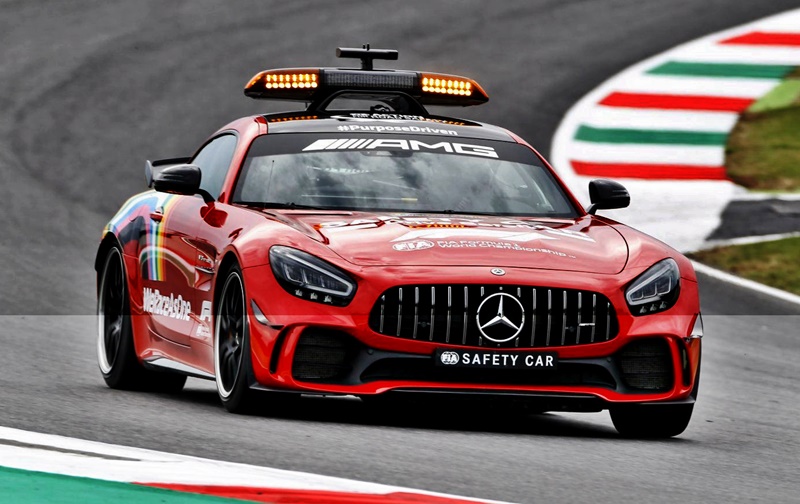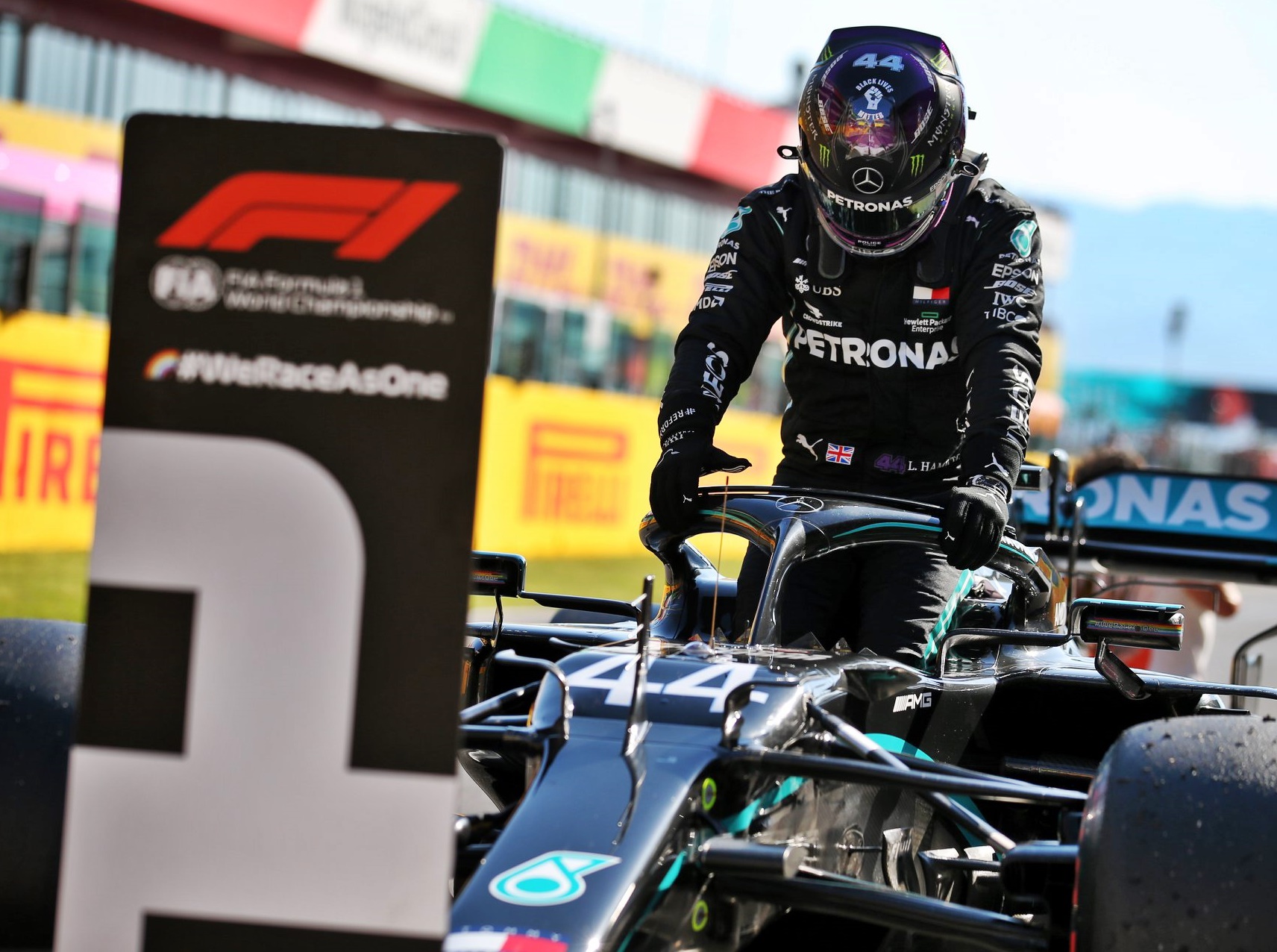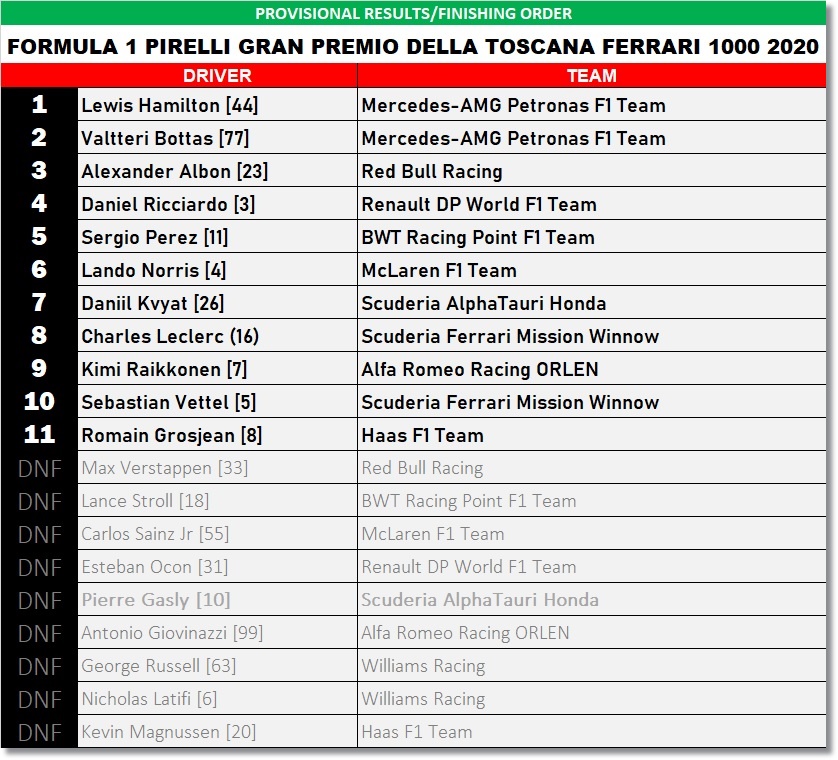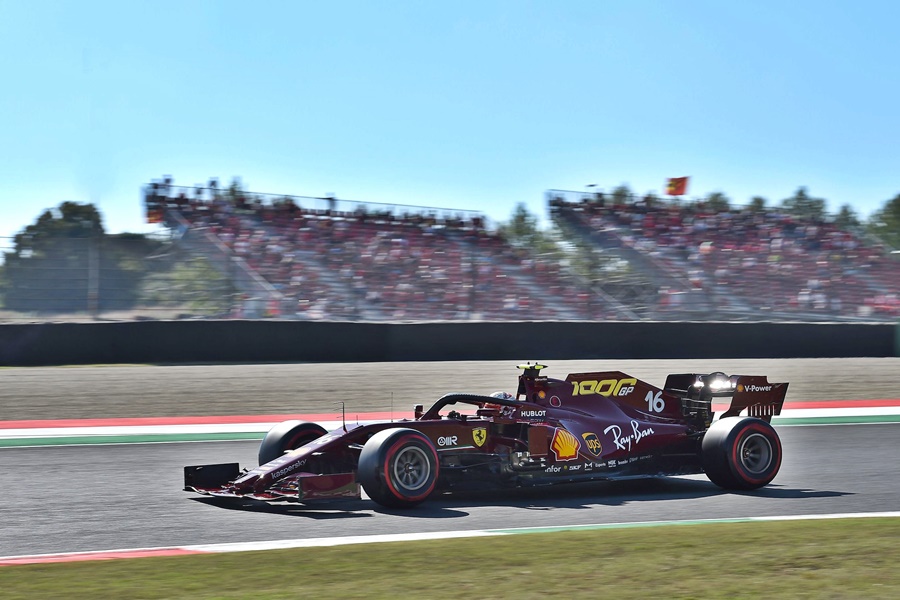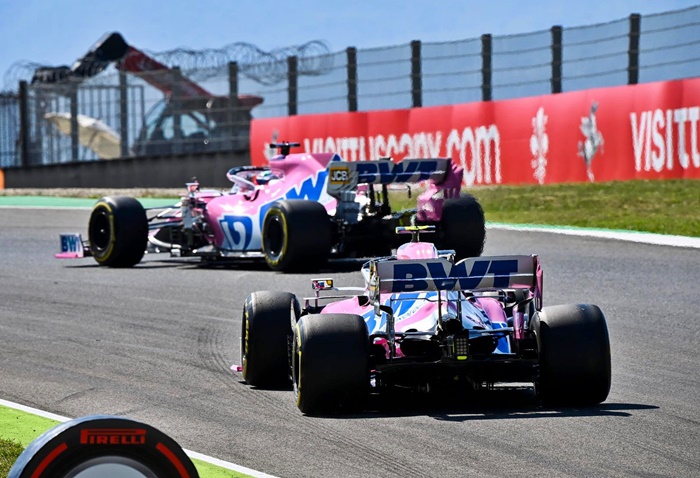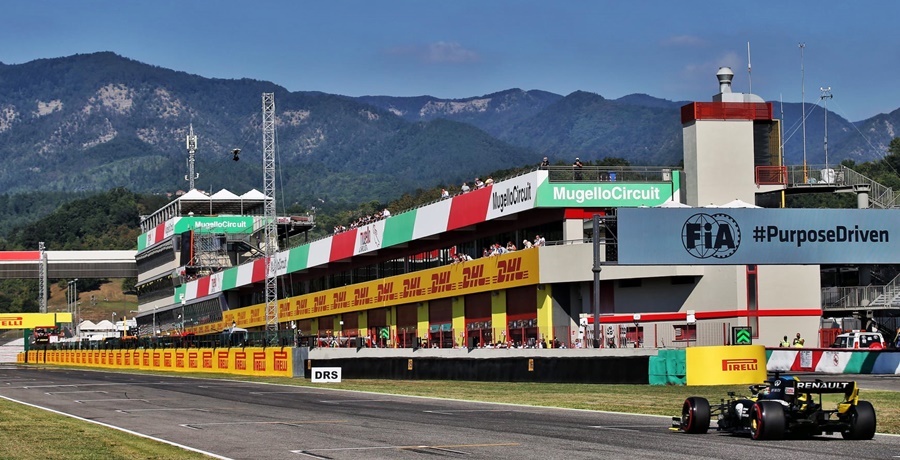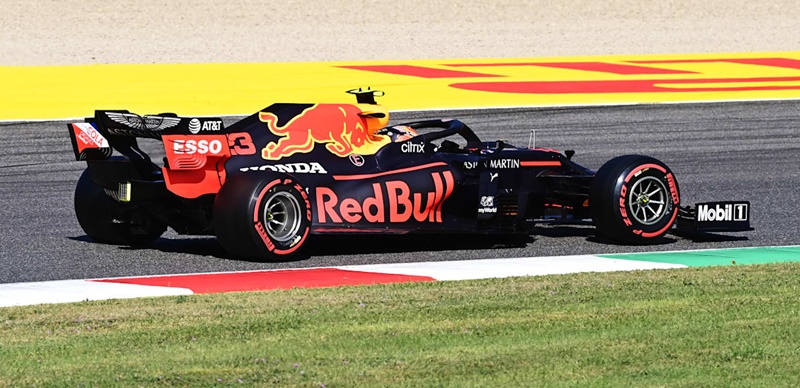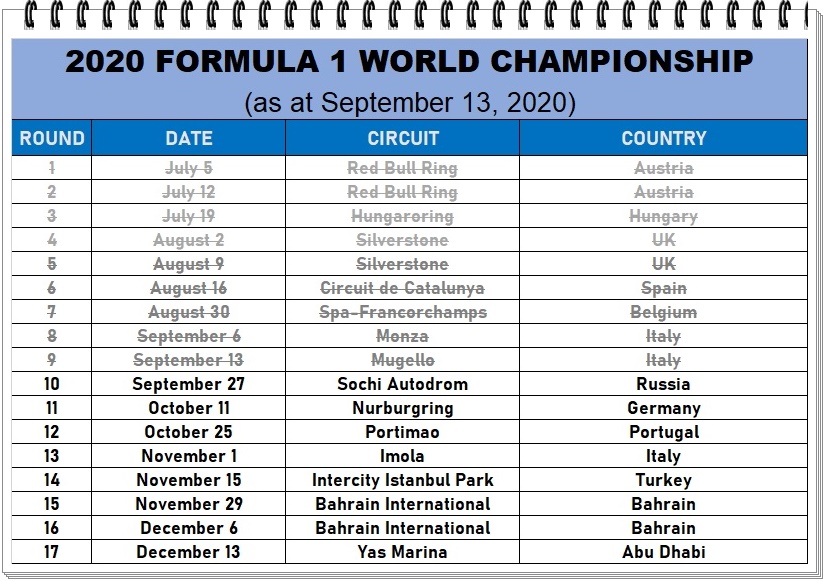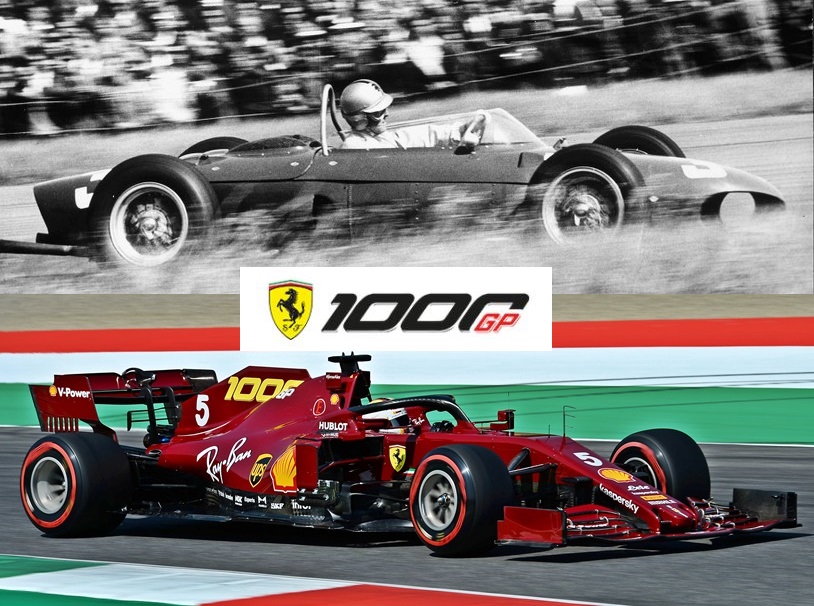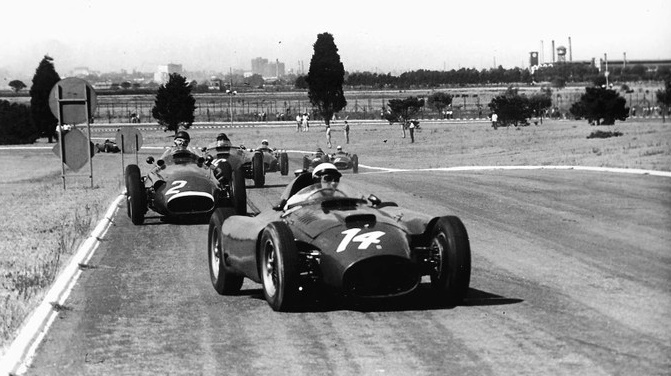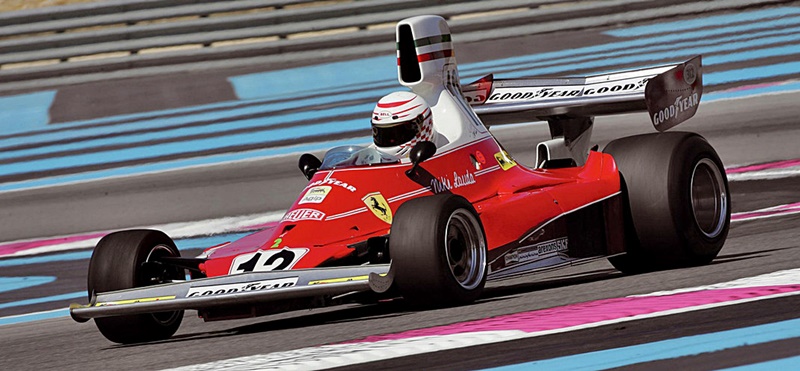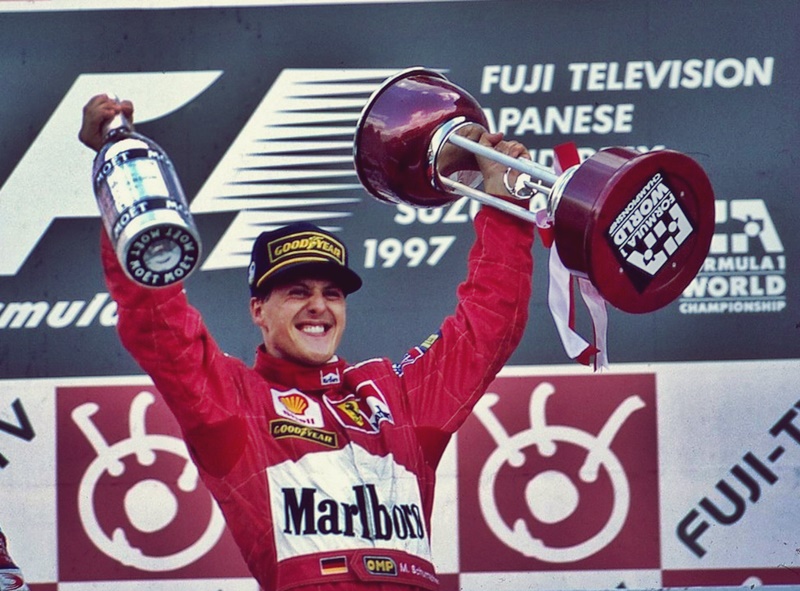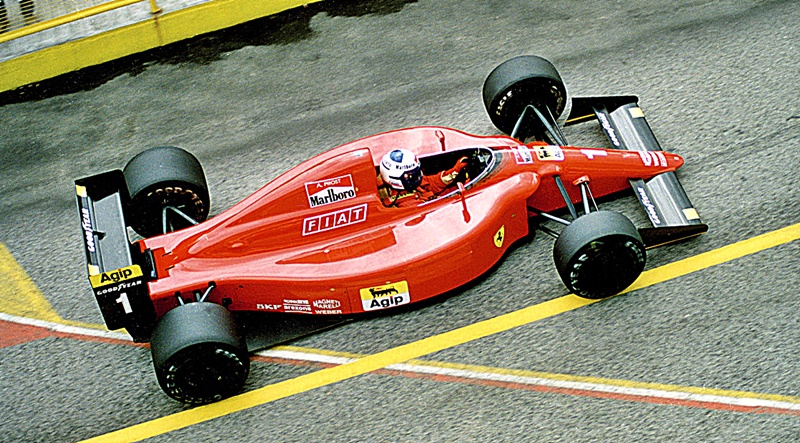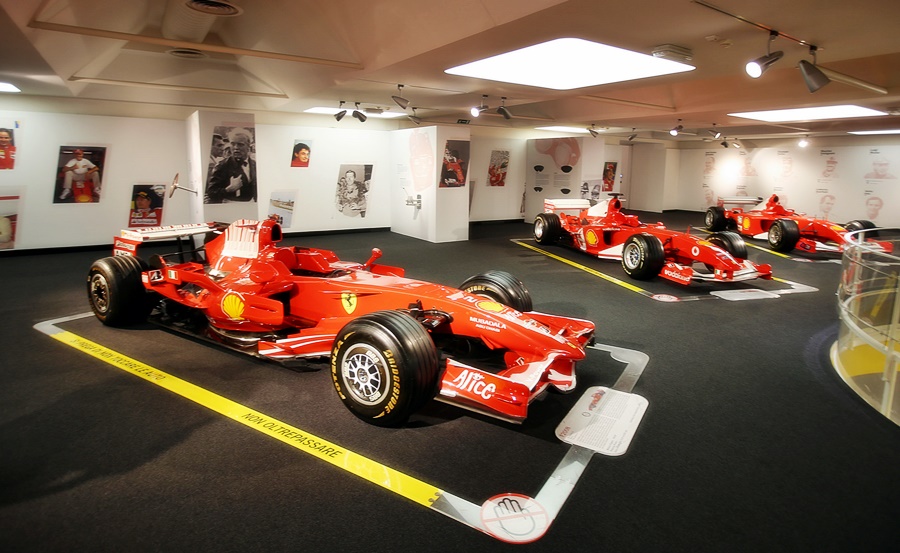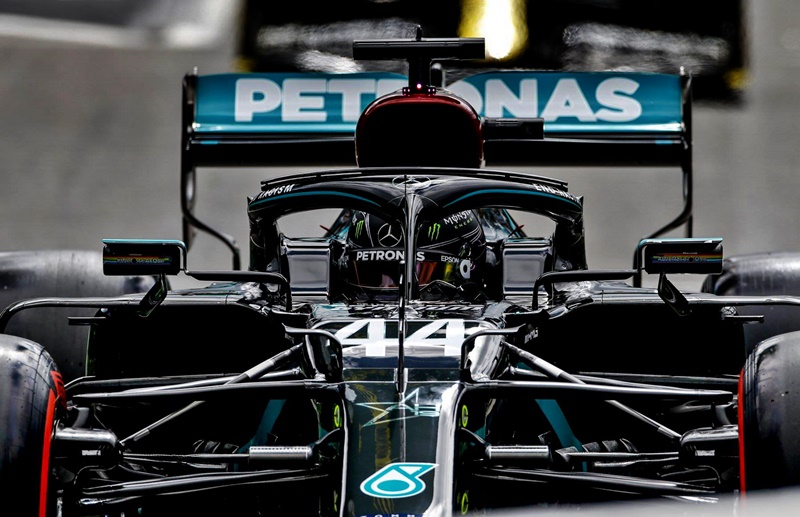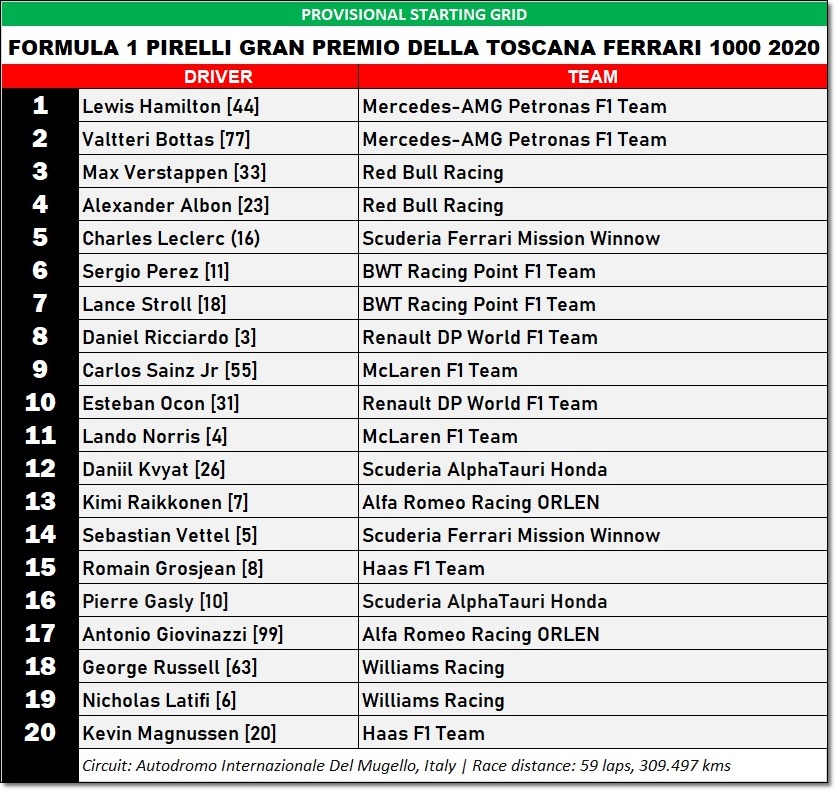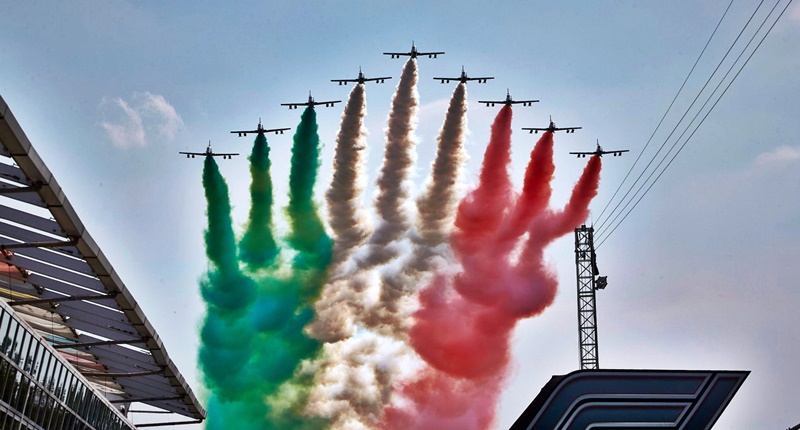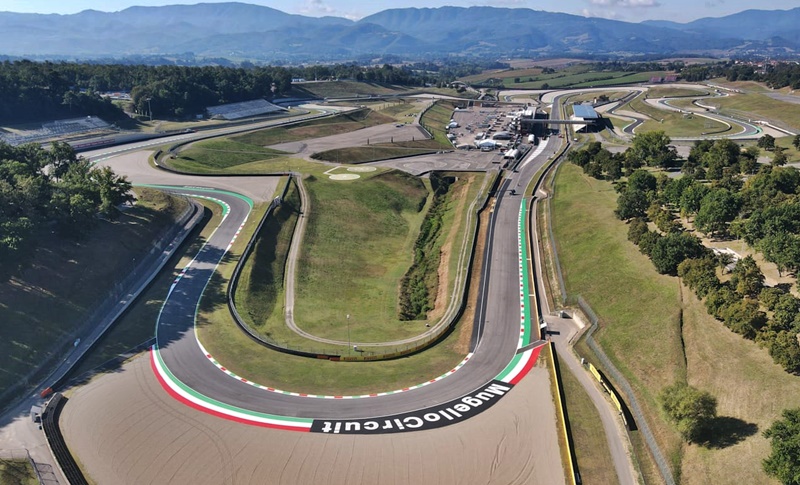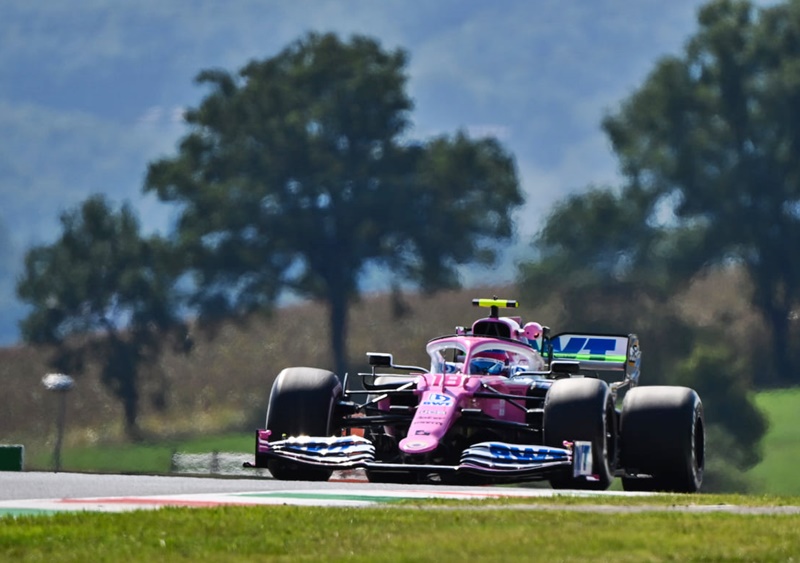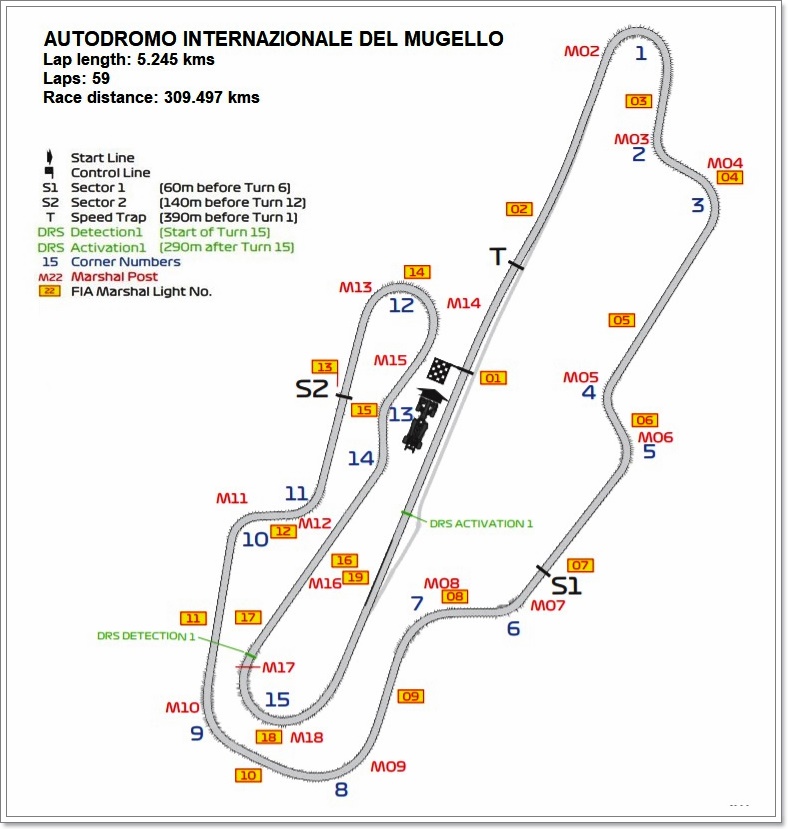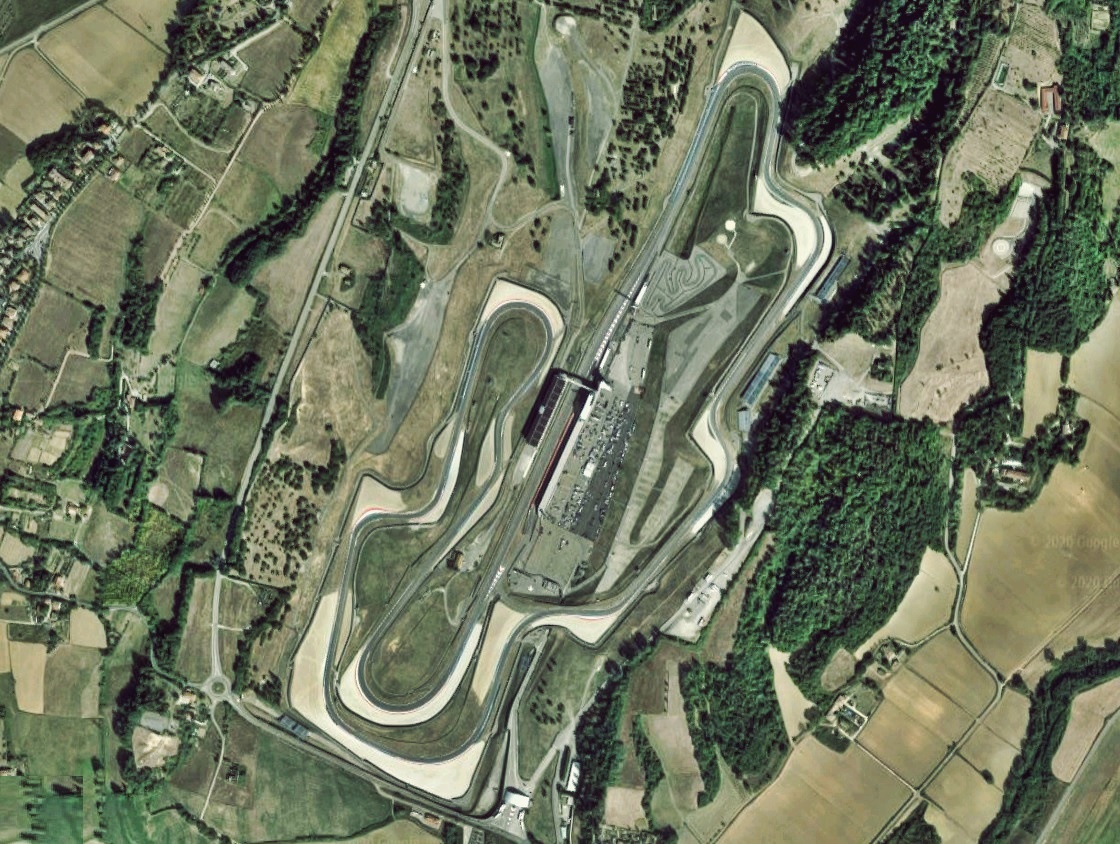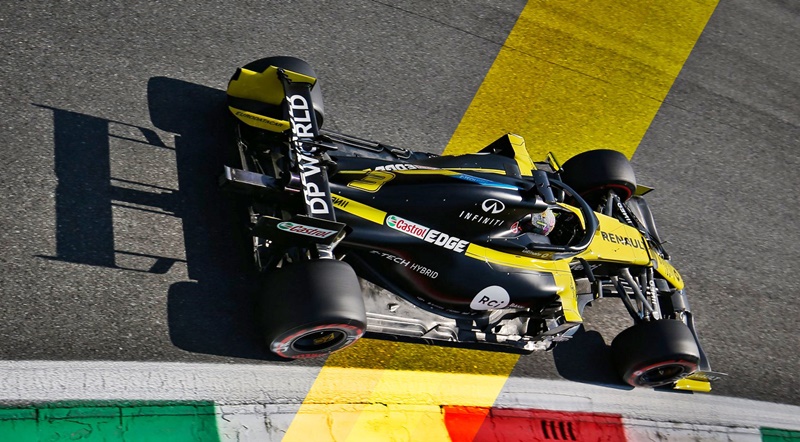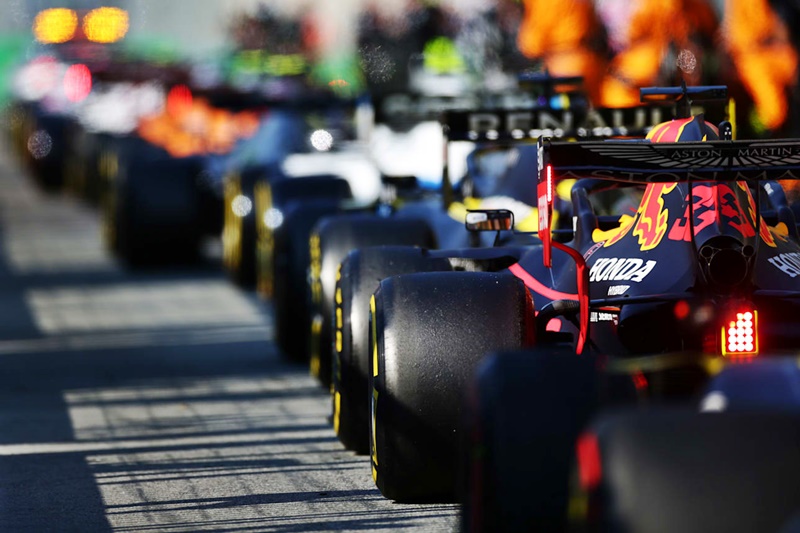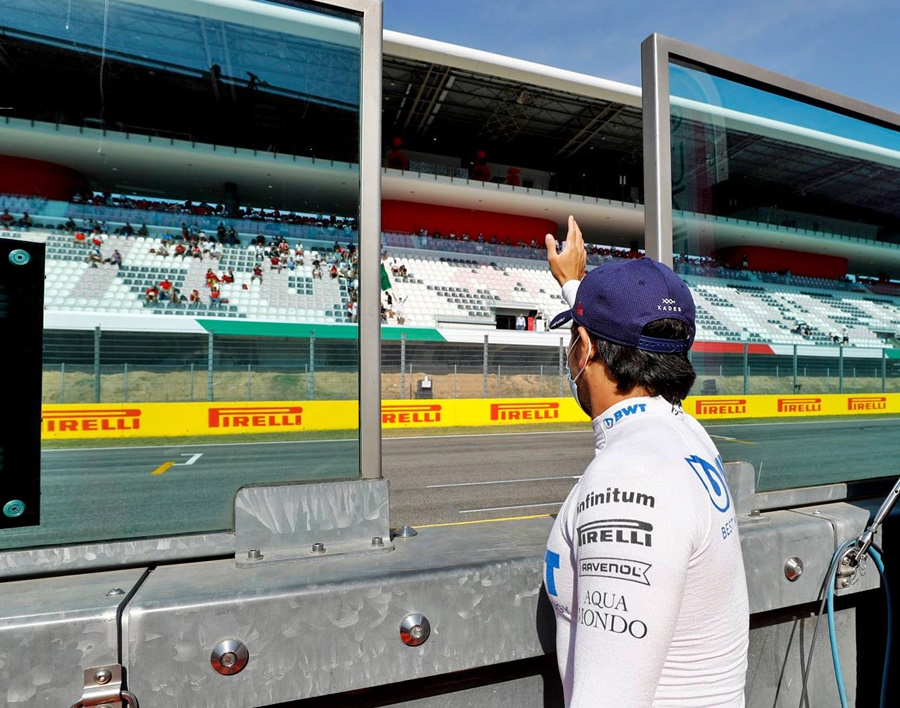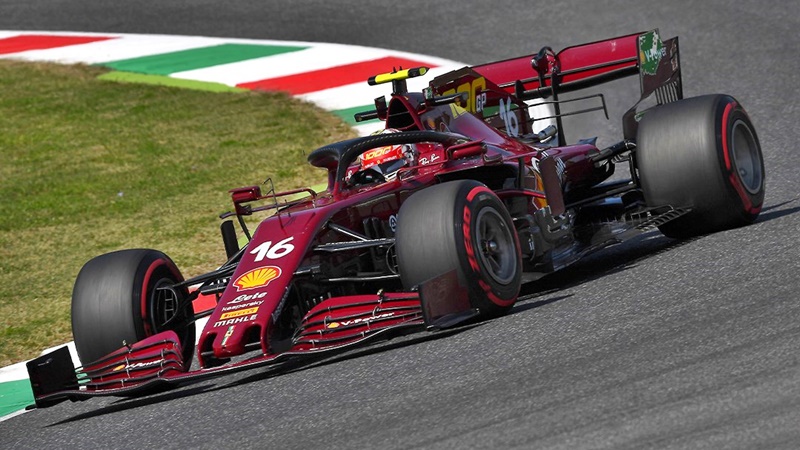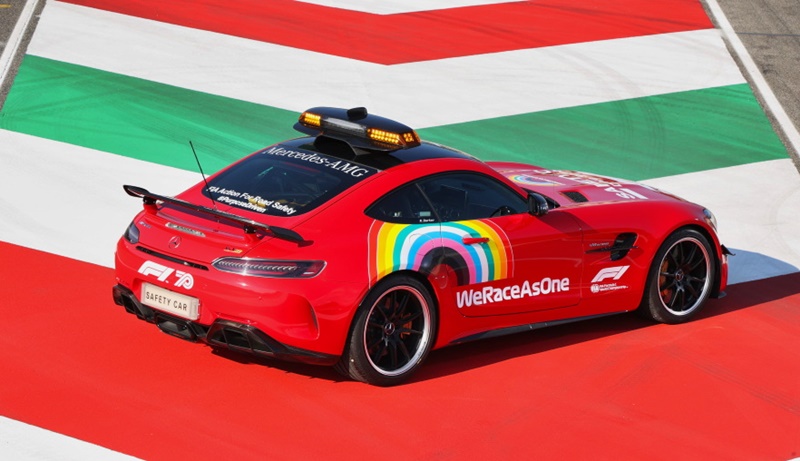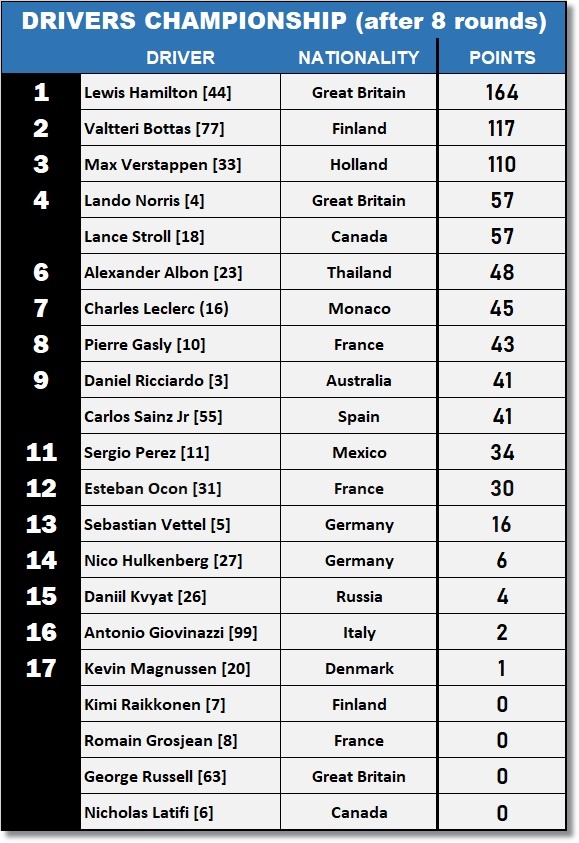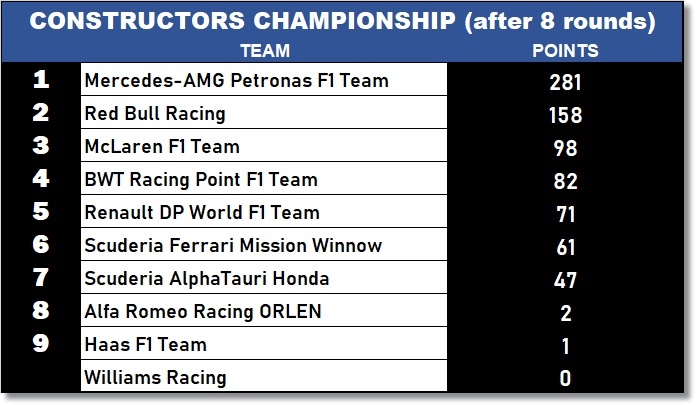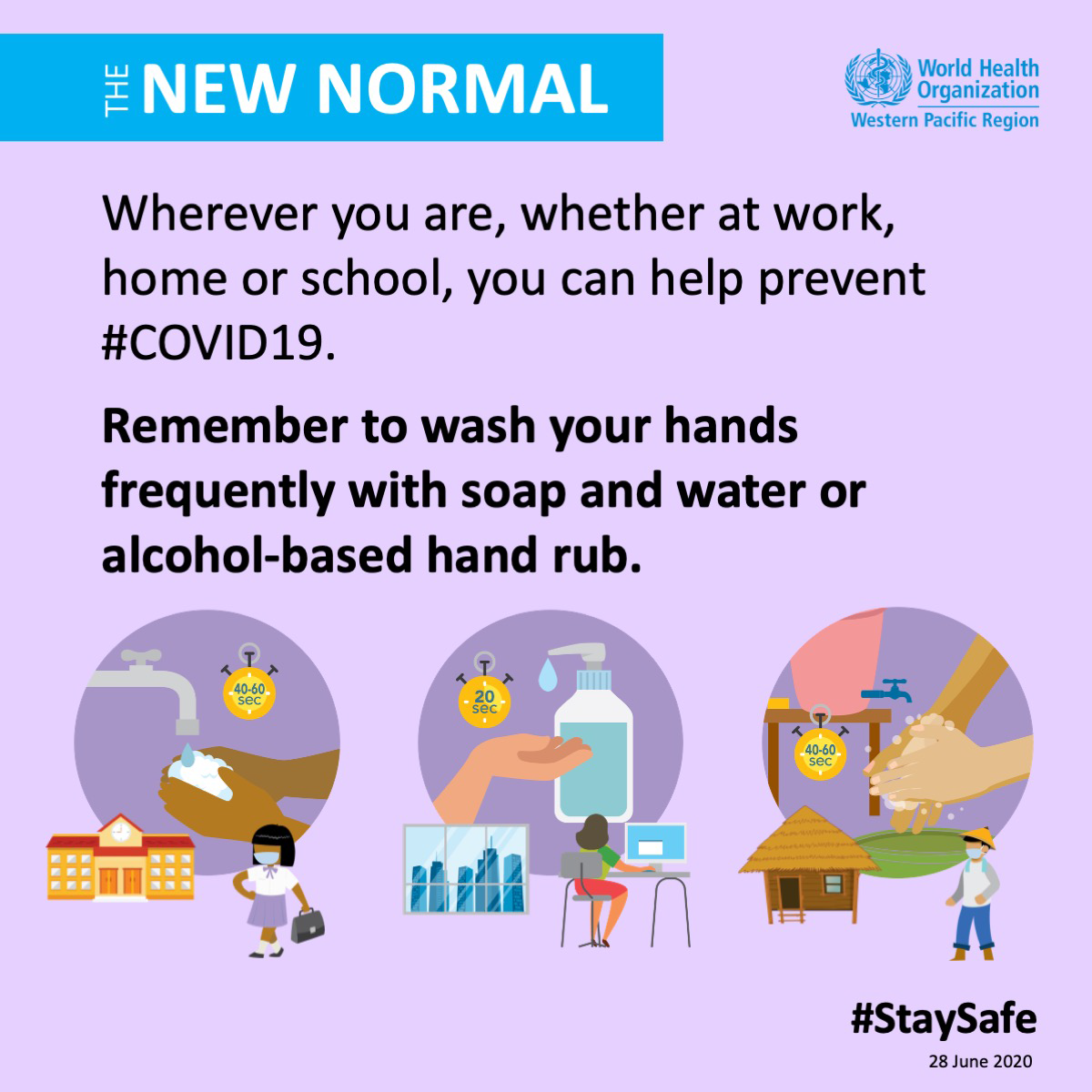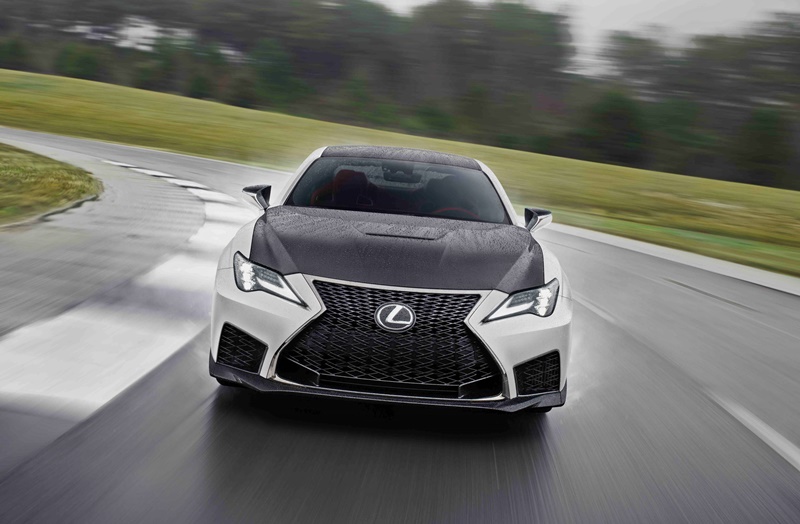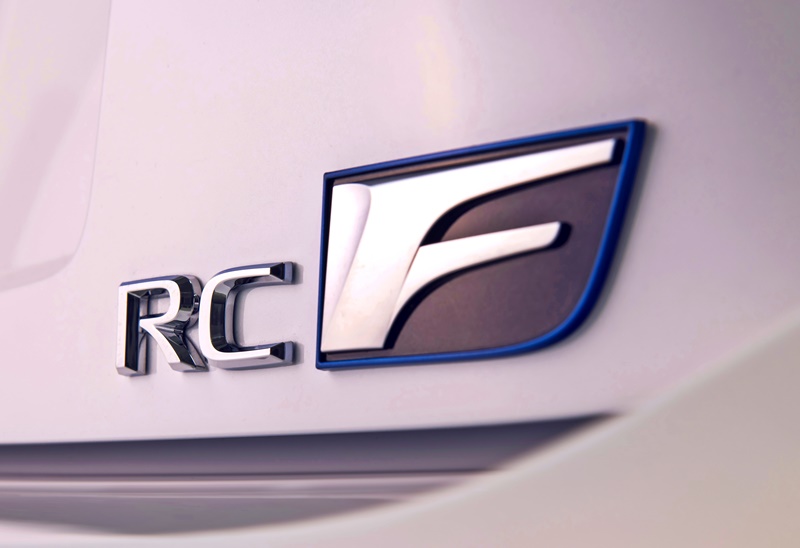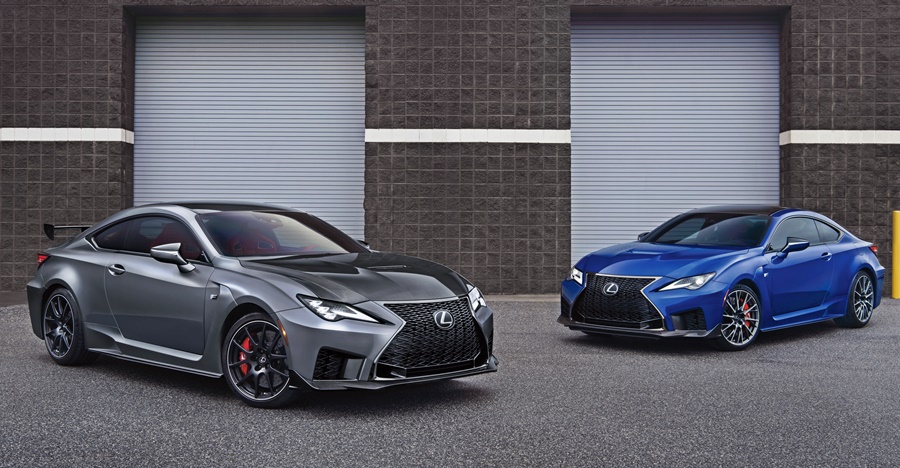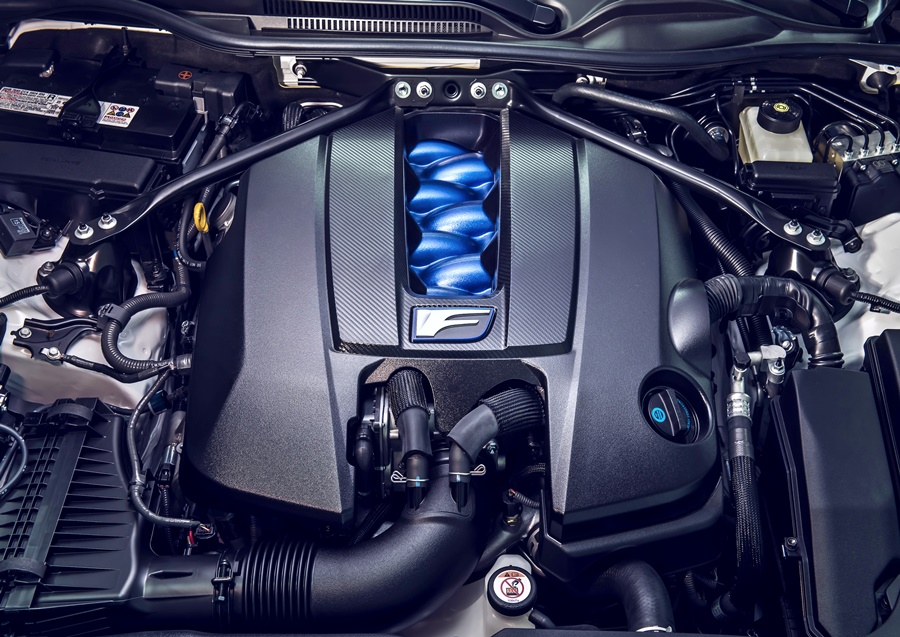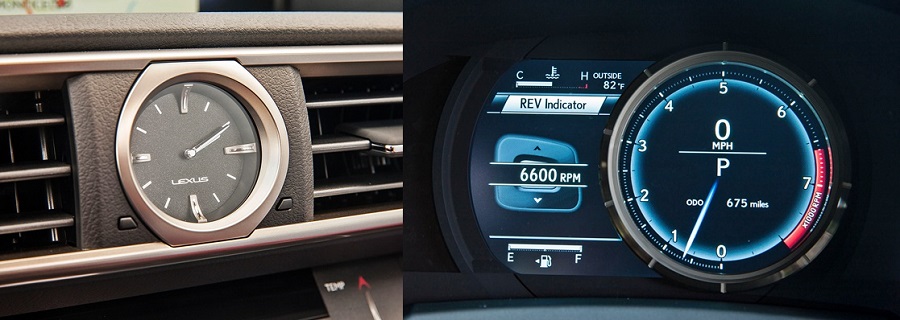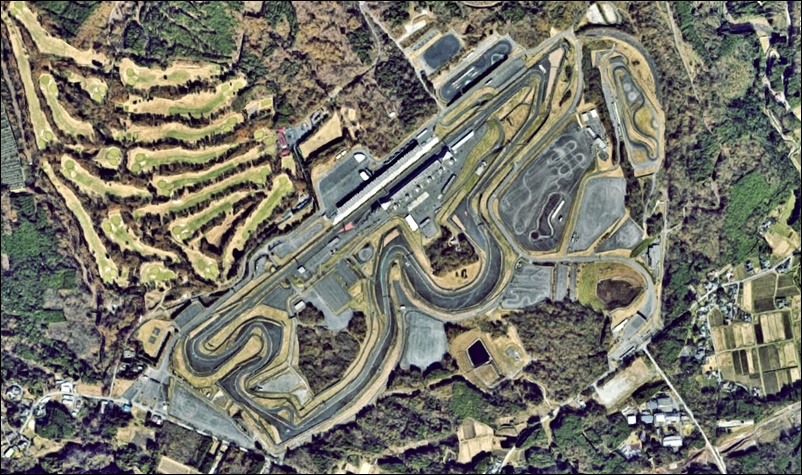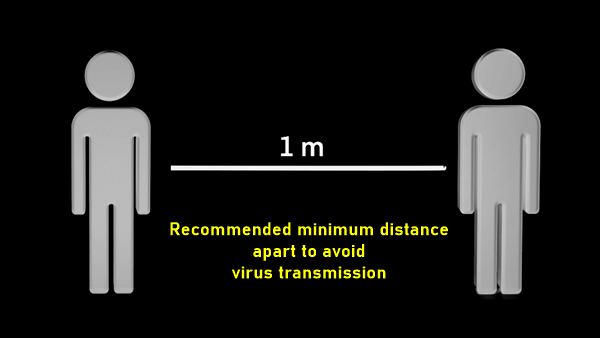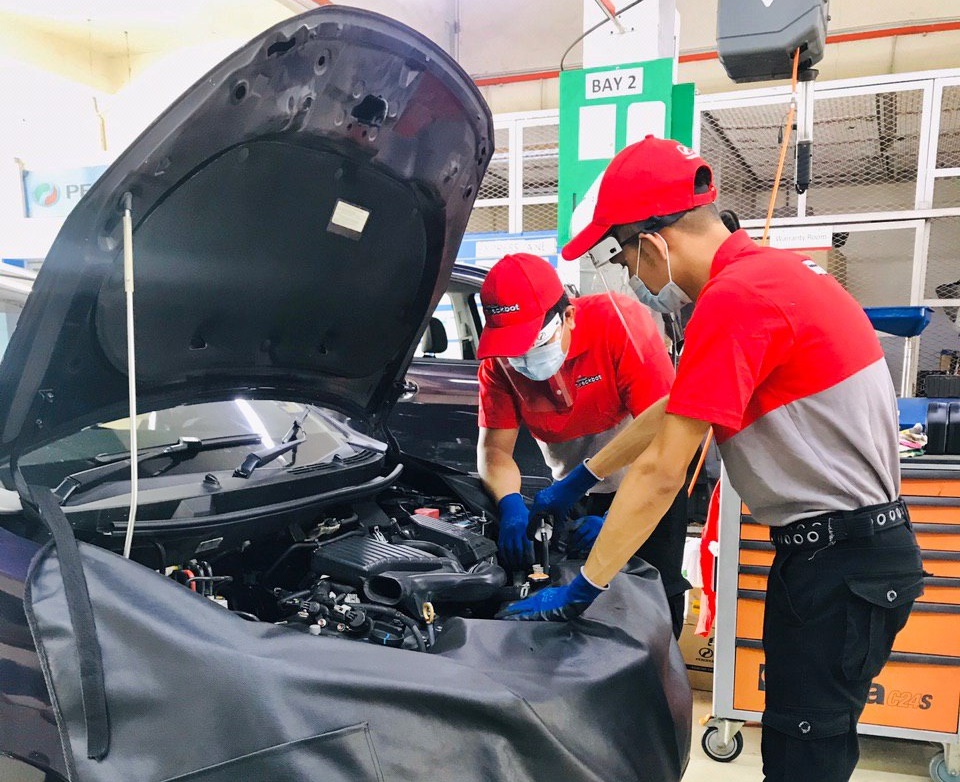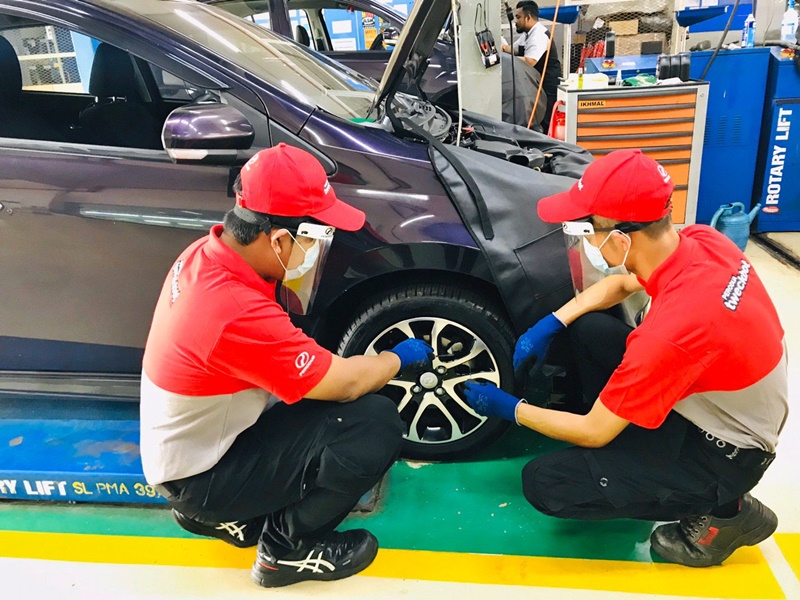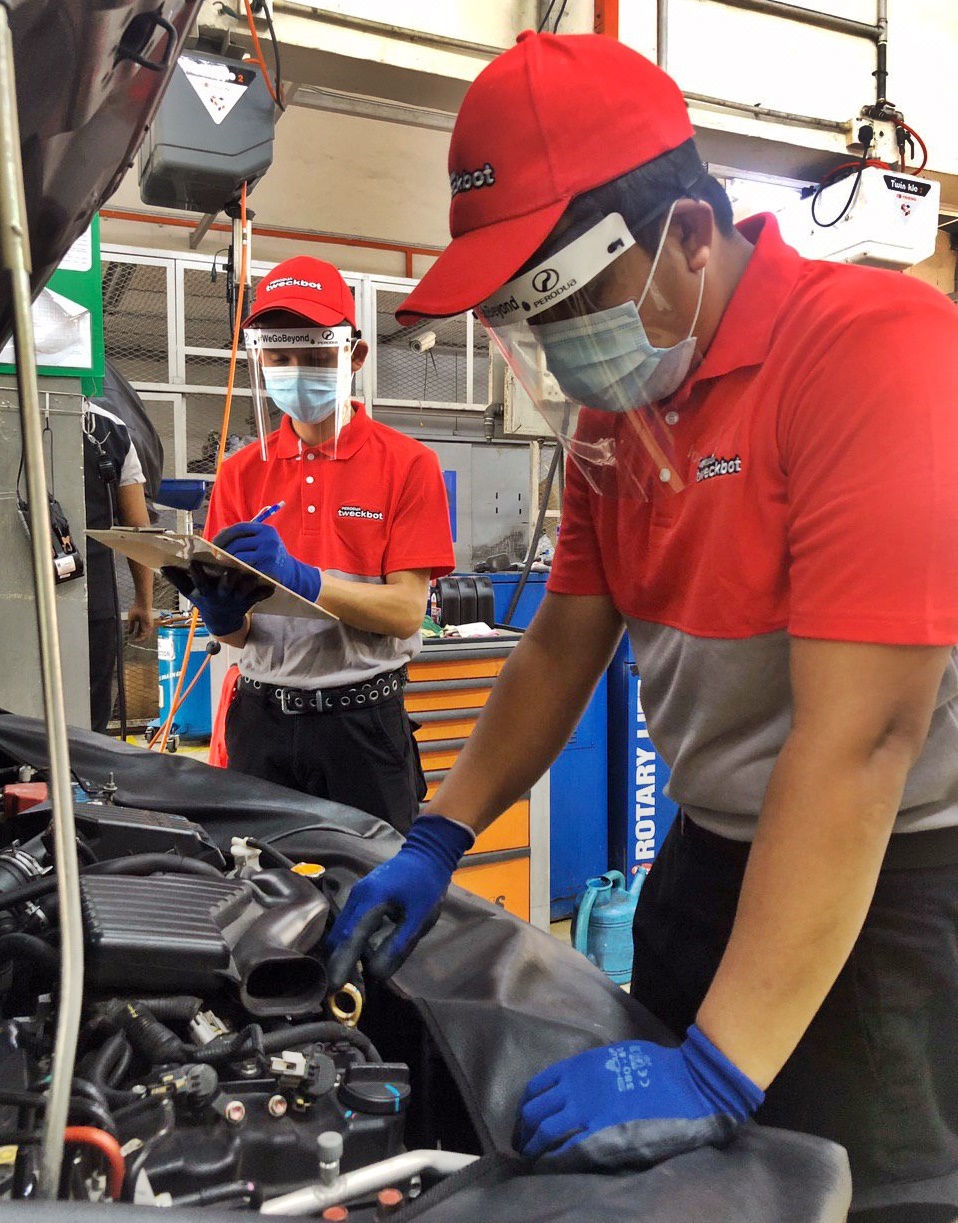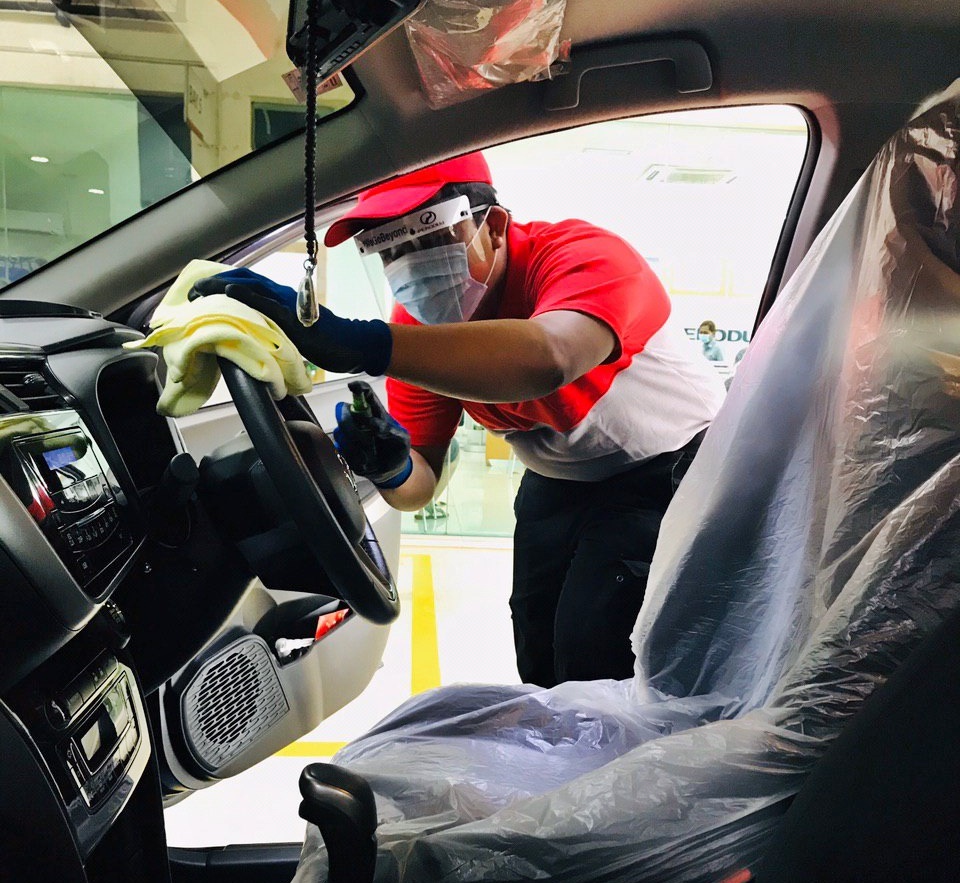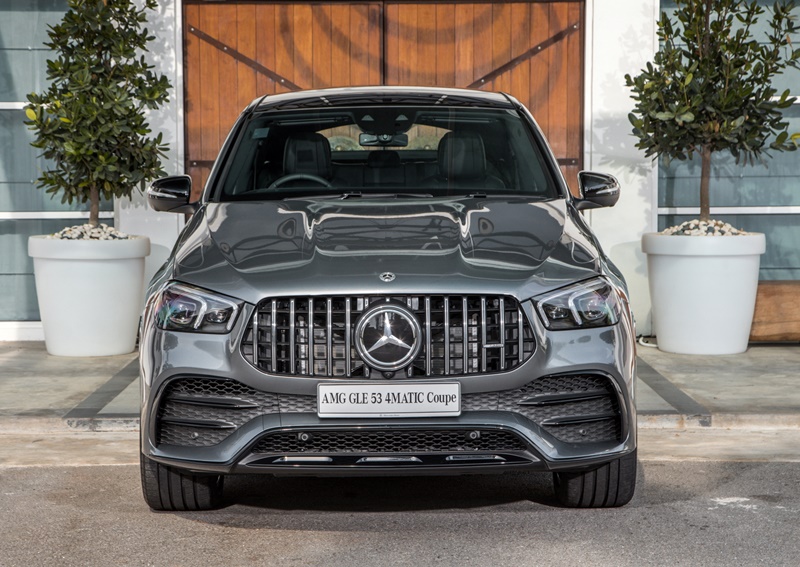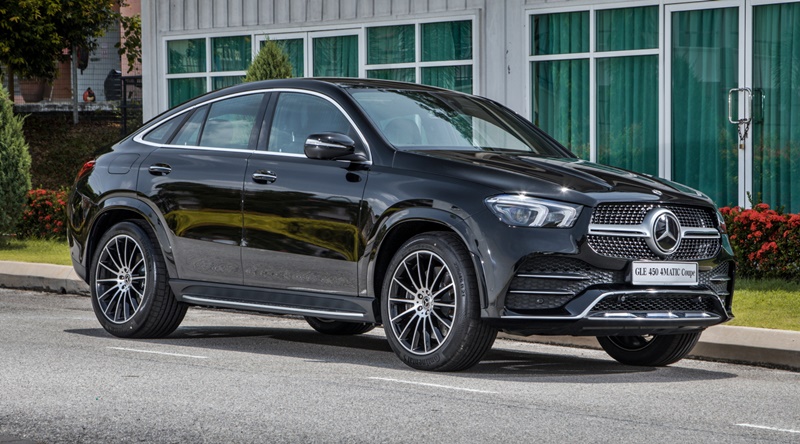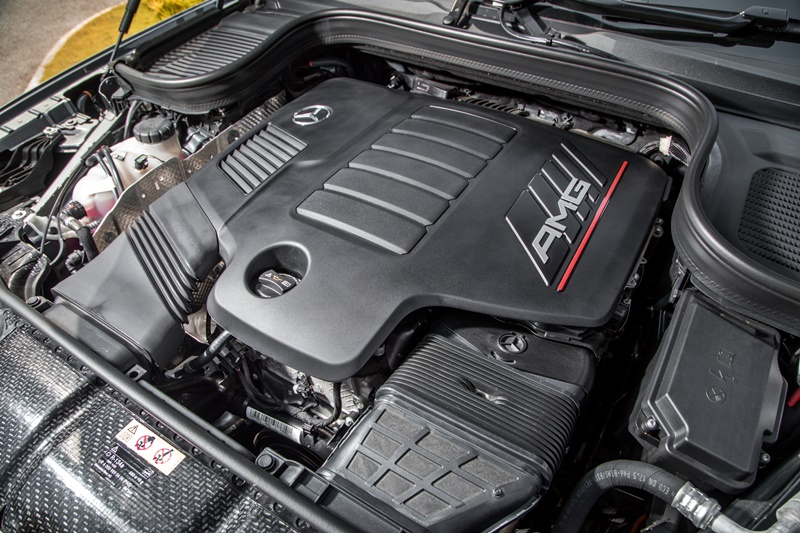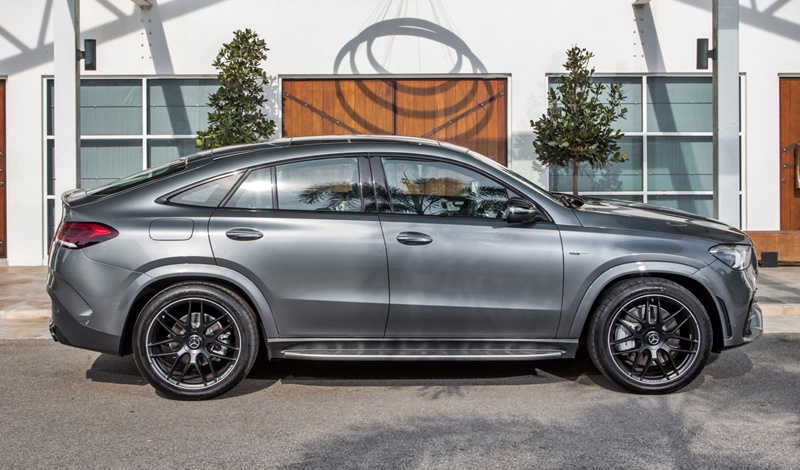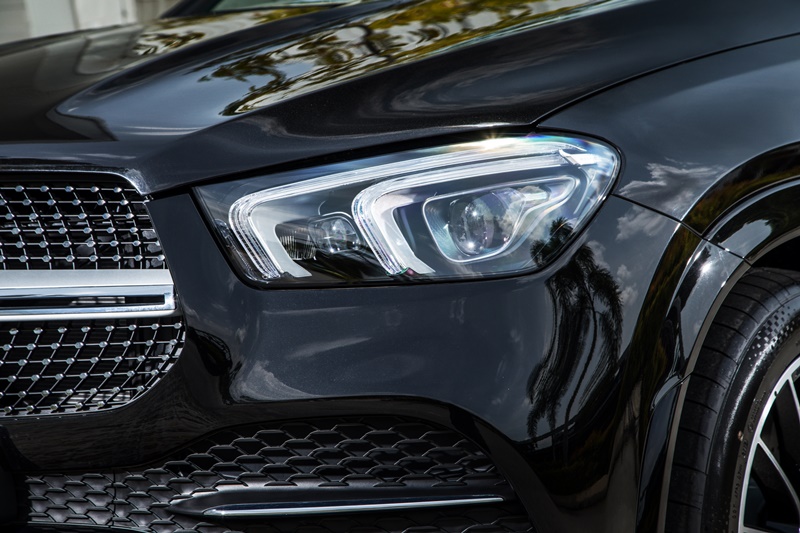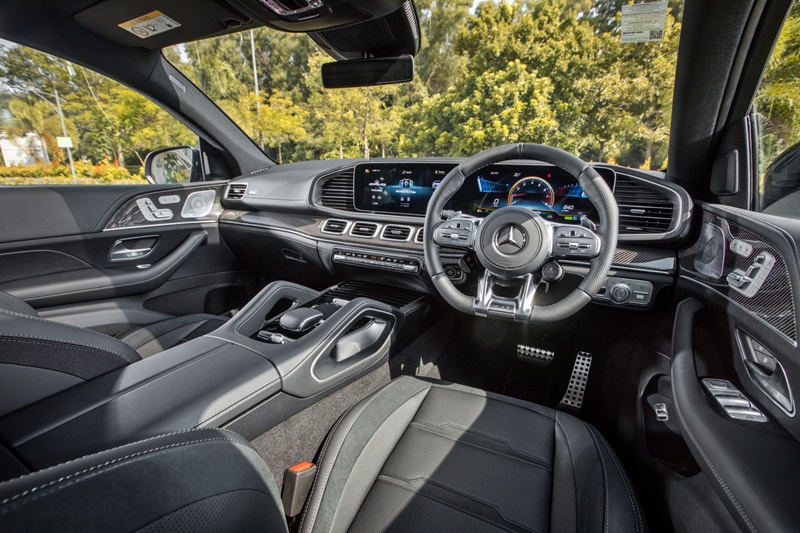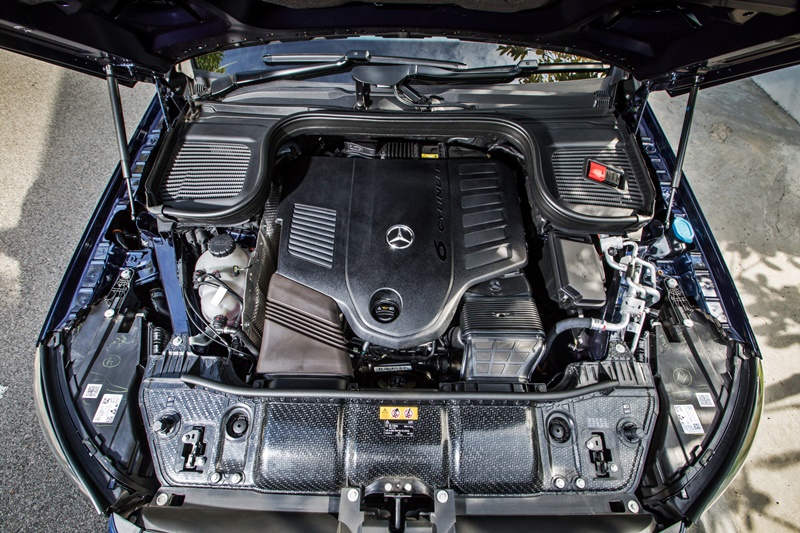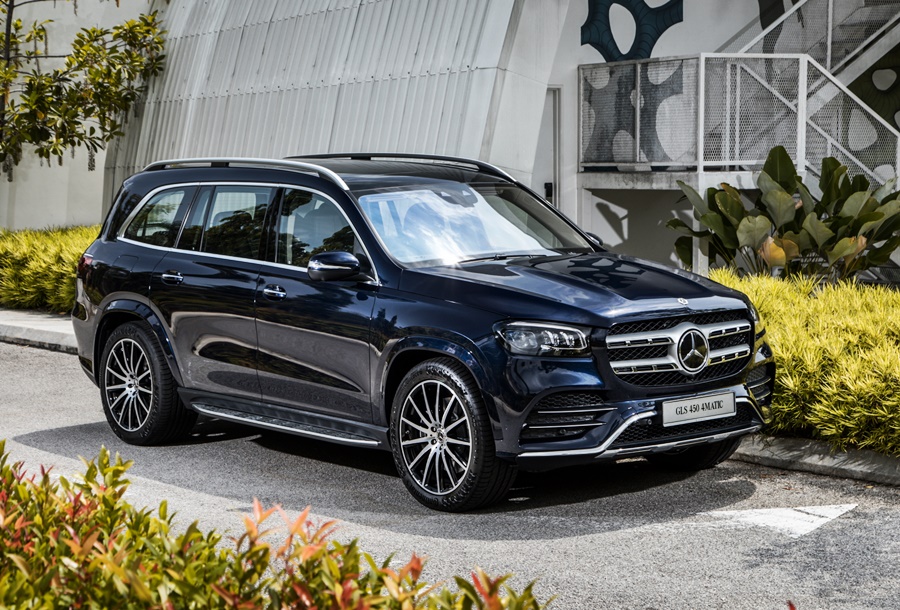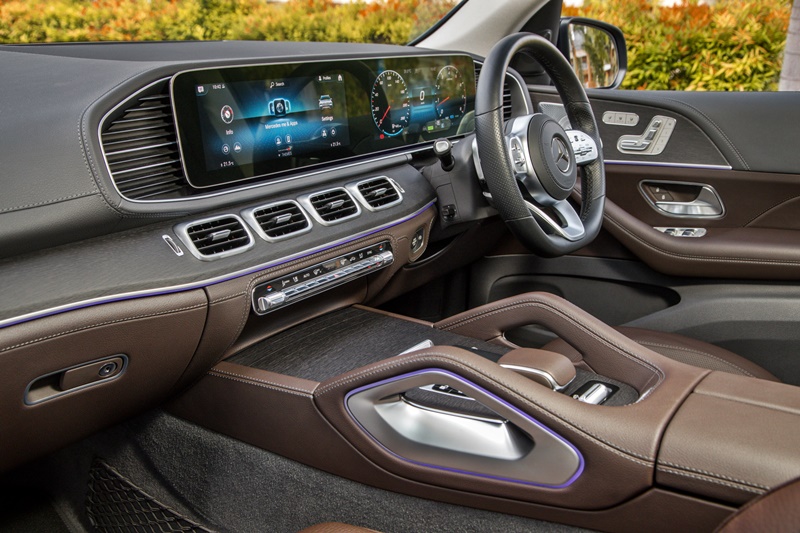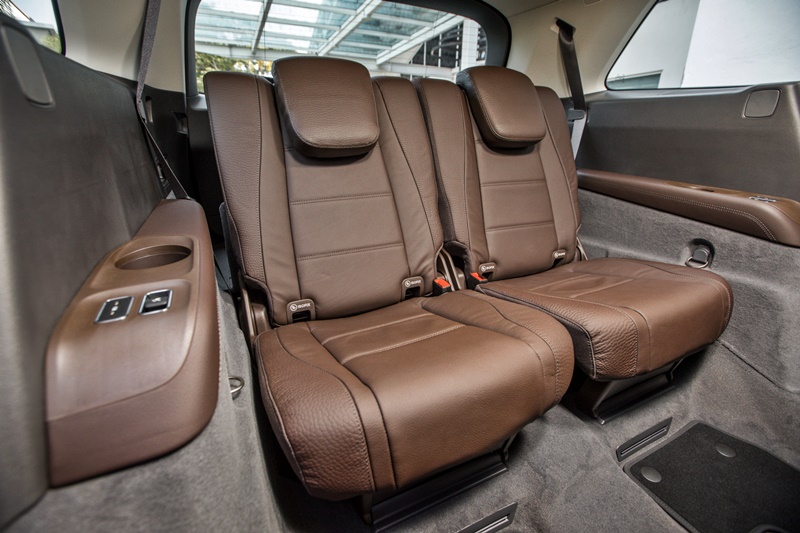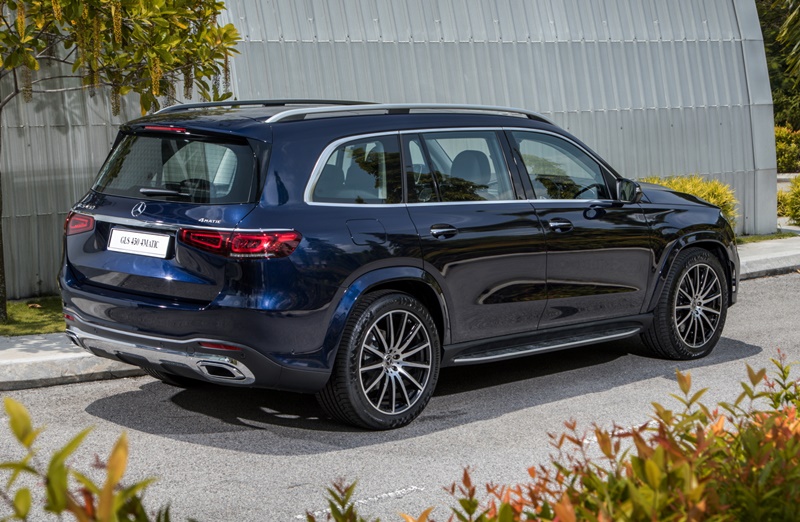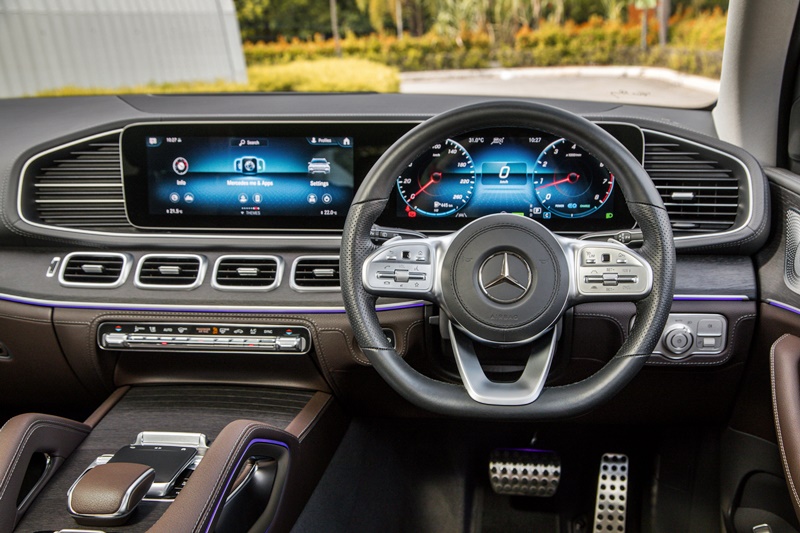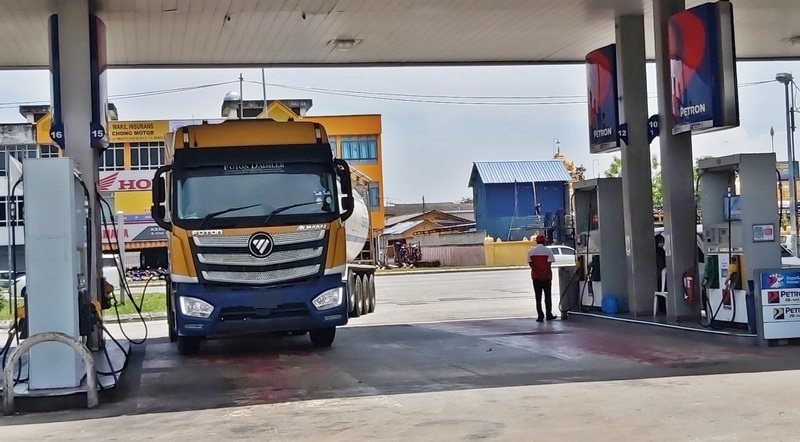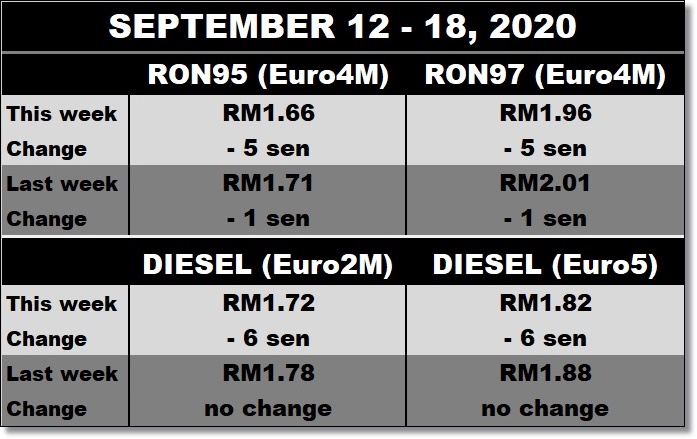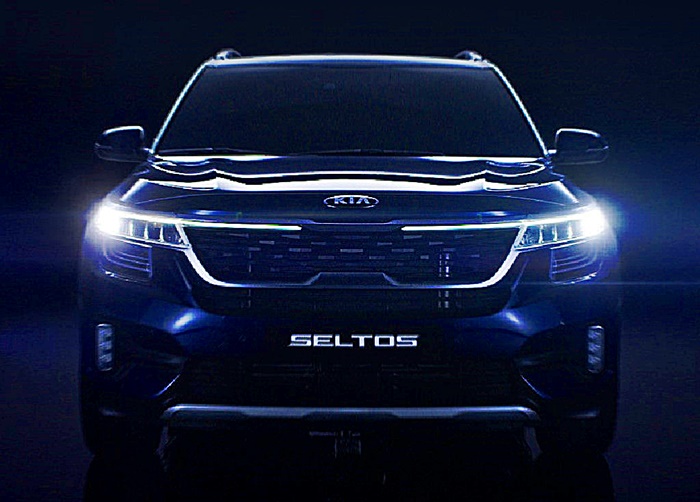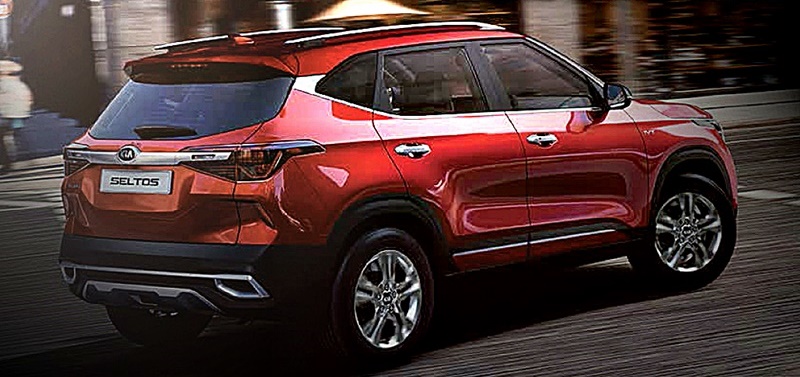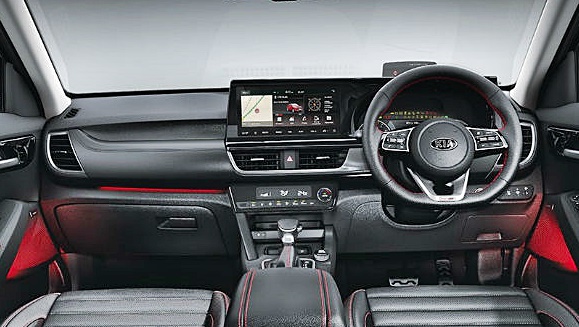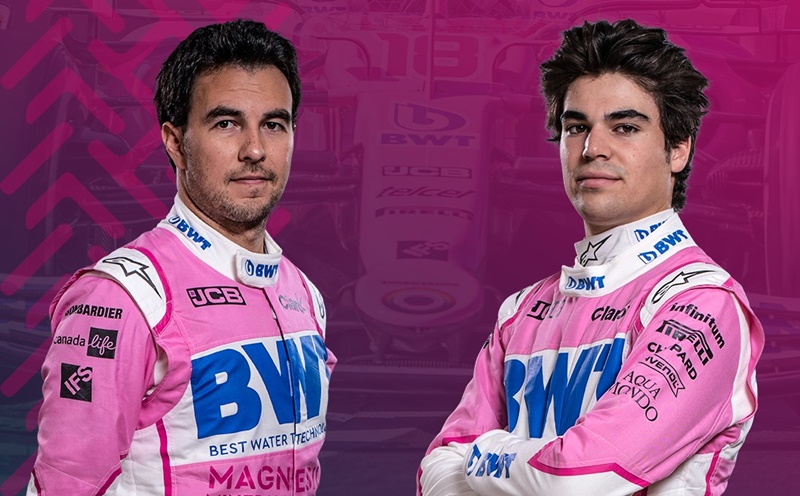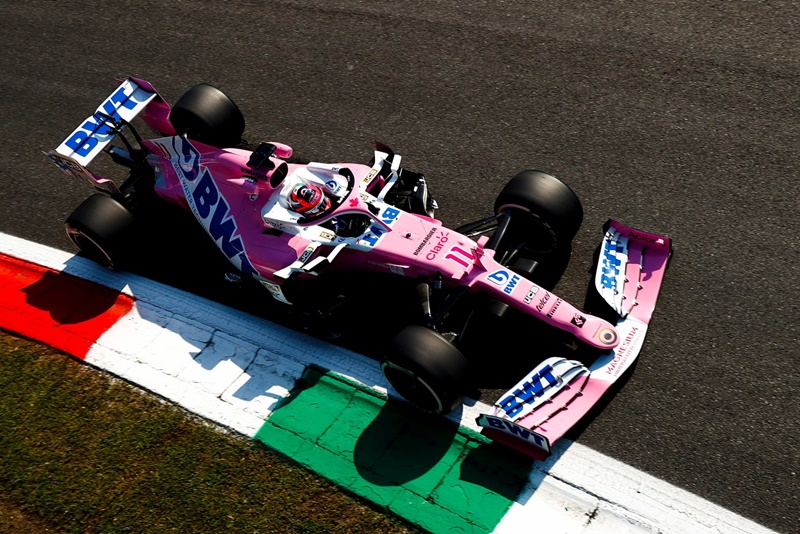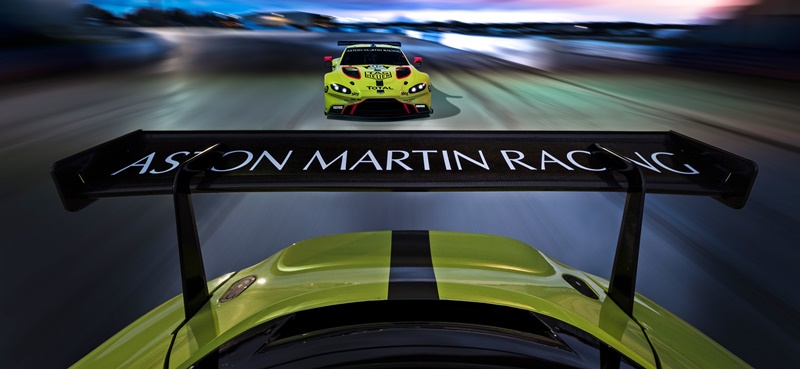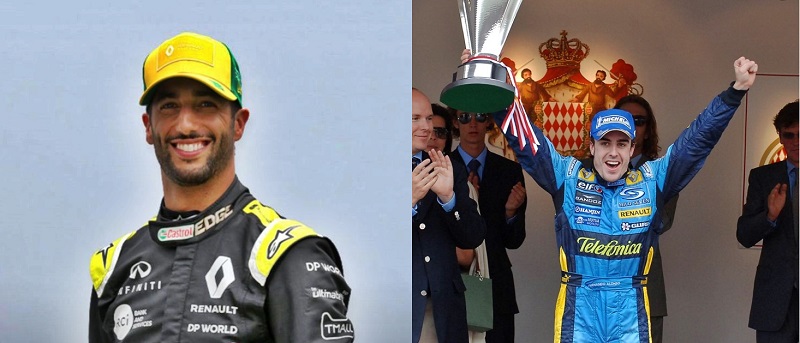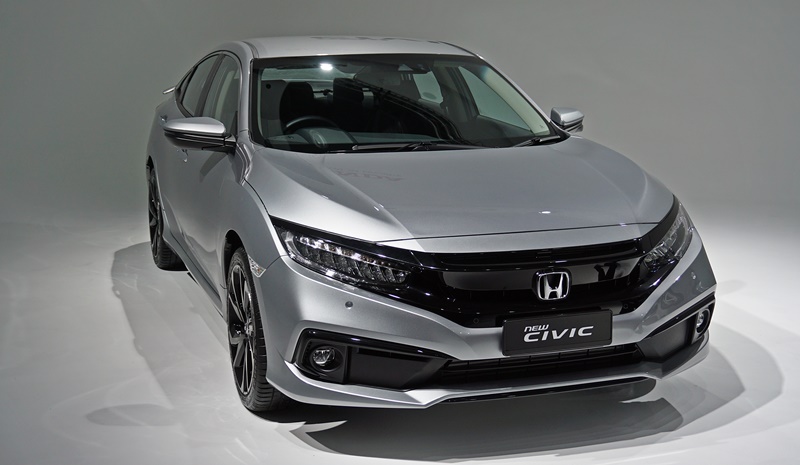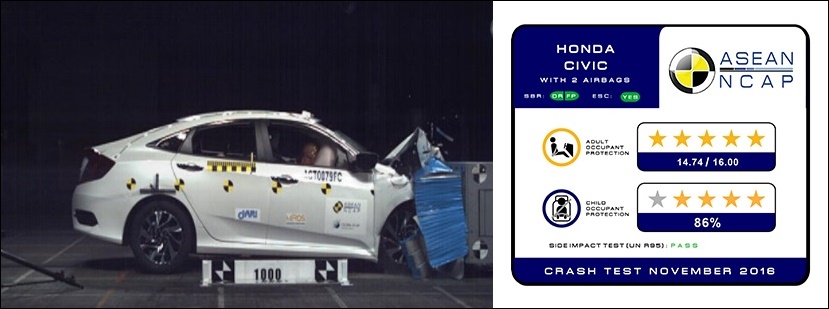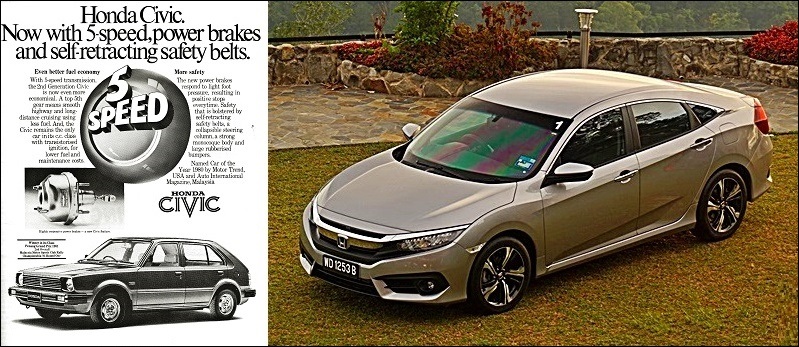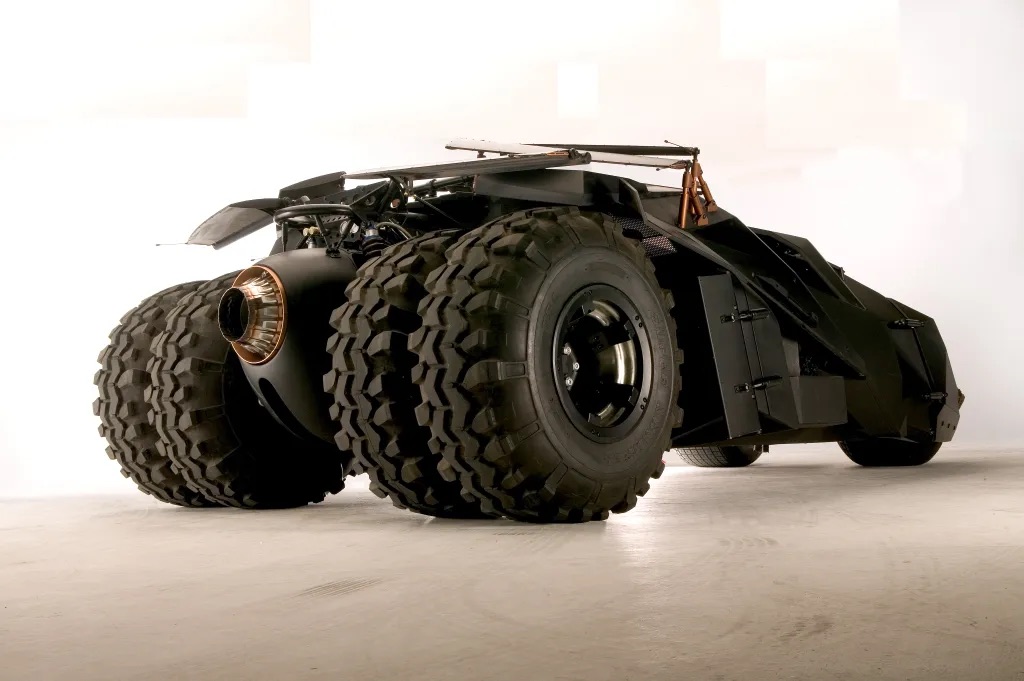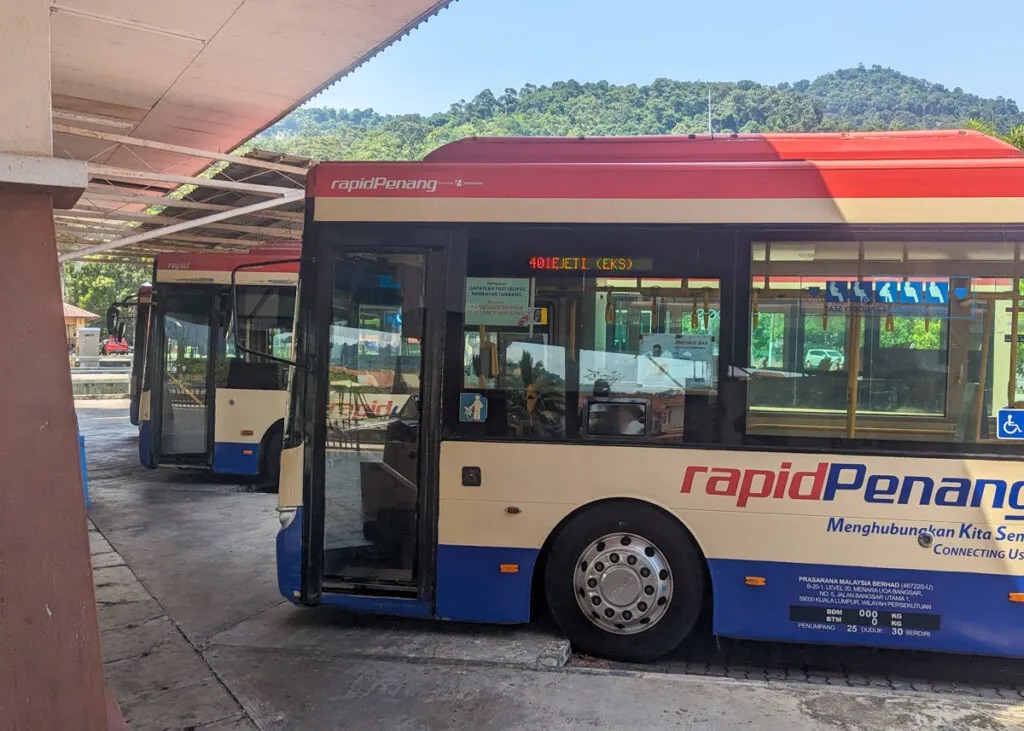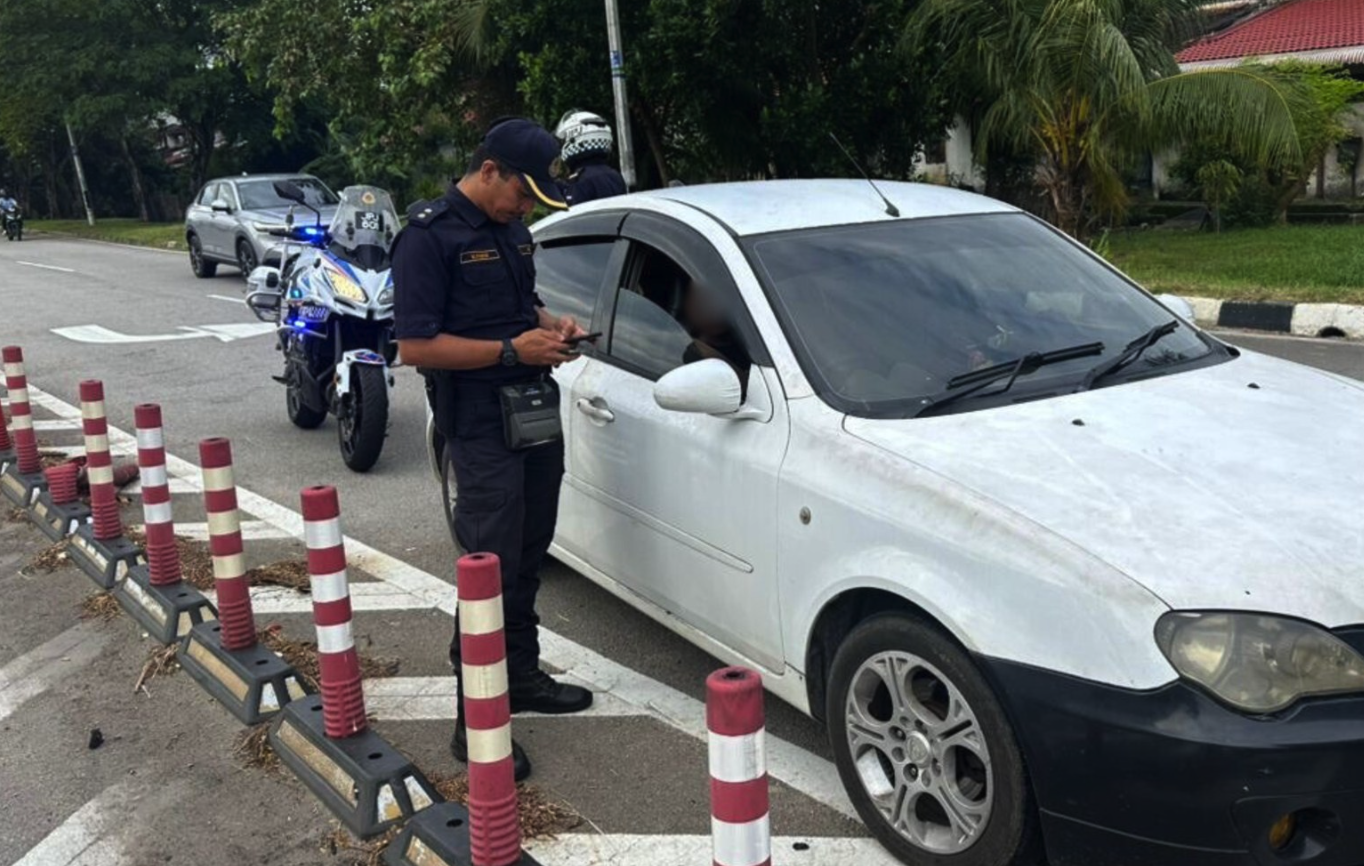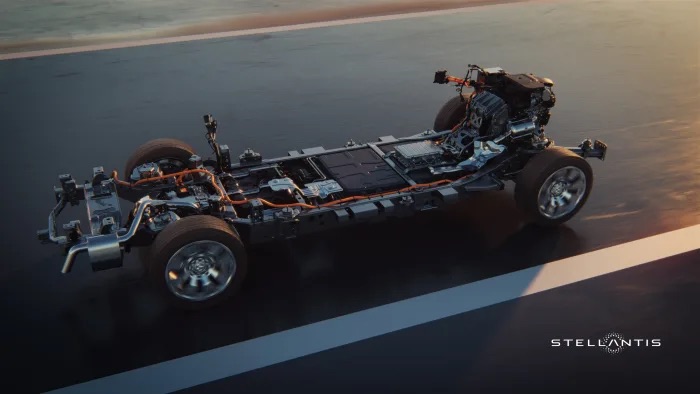♦ This was the first race of the season which had spectators watching from the stands. A maximum of 2,880 spectators (including Ferrari Club members who had a special allocation) were permitted into Mugello on each day of the event.
♦ Scuderia Ferrari, celebrating its 1,000th F1 race, had its two racing cars in the original burgundy colour on the cars of its first race in 1950, and Mick Schumacher drove his father’s 2004 title-winning car on a special lap around Mugello (which is owned by Ferrari).
♦ 15 minutes before the start, Max Verstappen’s car developed a problem. His mechanics fixed it in time for him to start the race. A collision between Pierre Gasly and Kimi Raikkonen had the latter bumping into the Red Bull car and sending it into the gravel at the second turn. End of race for the Dutchman.
♦ Gasly, last Sunday’s winner, also went into the gravel and had to retire, bringing the Safety Car out for the mashalls to clear the debris and cars.
♦ As the Safety Car prepared to enter the pits, another three cars collided on the 7th lap – Carlos Sainz, Antonio Giovinazzi, Nicholas Latifi and Kevin Magnussen. Track conditions were so bad with broken bits all over the pit straight that the red flags came out. That means the race comes to a stop and the cars must return to the pits and shut down, until allowed to restart.
♦ With the four drivers, plus Gasly and Verstappen, that saw six cars out of the race within the first six laps.

♦ From the time the red flags appeared until the cars were released for a restart, some 23 minutes had elapsed. Valtteri Bottas was the lead car in the pack of 13 remaining (Esteban Ocon did not join the restart as the brakes on his car had problems) but by the second turn, Lewis Hamilton shot past him and pulled away.
♦ With a quarter of the race done, Hamilton’s lead from his team mate was around 2 seconds, but Bottas had a strong 9-second lead over Charles Leclerc. Lance Stroll powered by on lap 16 to take third and set his sights on Bottas.
♦ On a day when Ferrari was to be celebrating a milestone, things were certainly disappointing for the tifosi as they saw Sebastian Vettel struggling aong the end-runners and Leclerc also facing difficulties regaining his upper position after his third visit to the pits.
♦ Lap 43 saw Stroll’s race come to an end as he slipped into the gravel, seemingly due to a puncture. For the third time in the day, the Safety Car sped out and red flags appeared to stop the session again.
♦ With 15 laps remaining, only Mercedes-AMG and Ferrari still had both their cars running while the other teams lost one car.
♦ When the race finally restarted, Hamilton managed to stay in the lead while Bottas had to just maintain his pace. Behind him a determined Red Bull,, Alexander Albon, closed in on Daniel Ricciardo, the surviving Renault driver, and got past to a podium position.
♦ Hamilton won again, with Bottas crossing the finish line almost 5 seconds behind. Albon held on to the end, with the reward of his first ever presence on the Formula 1 podium.
